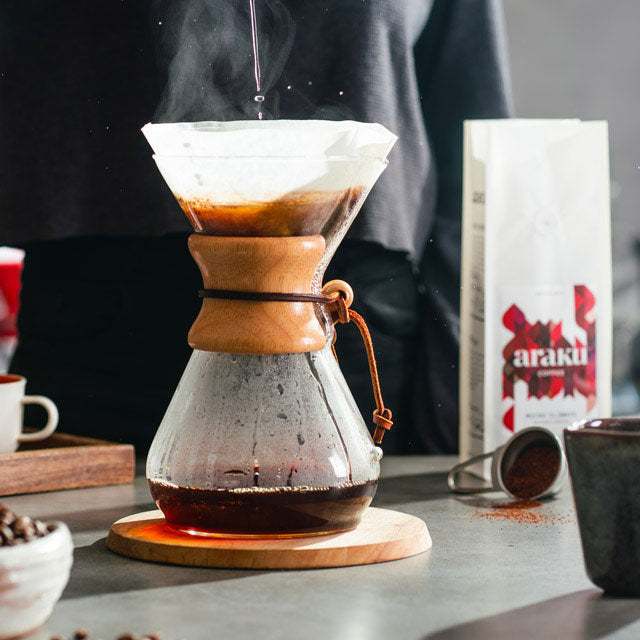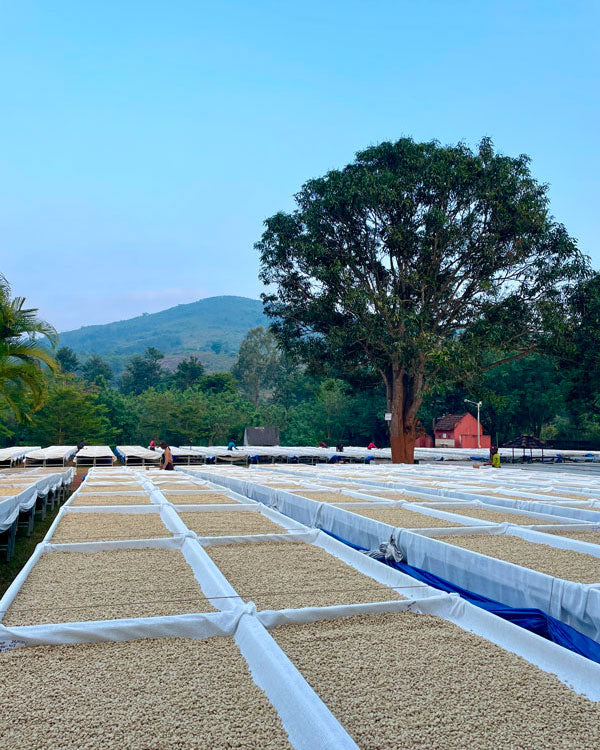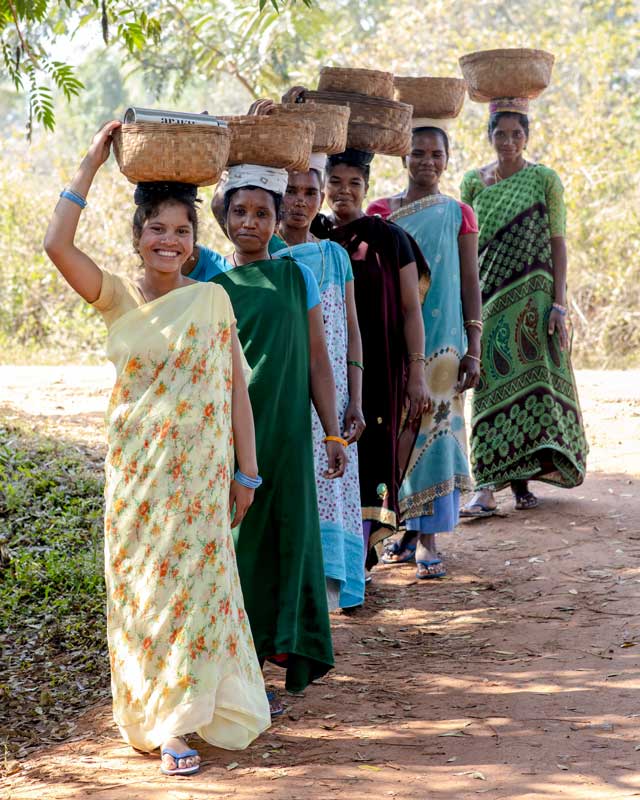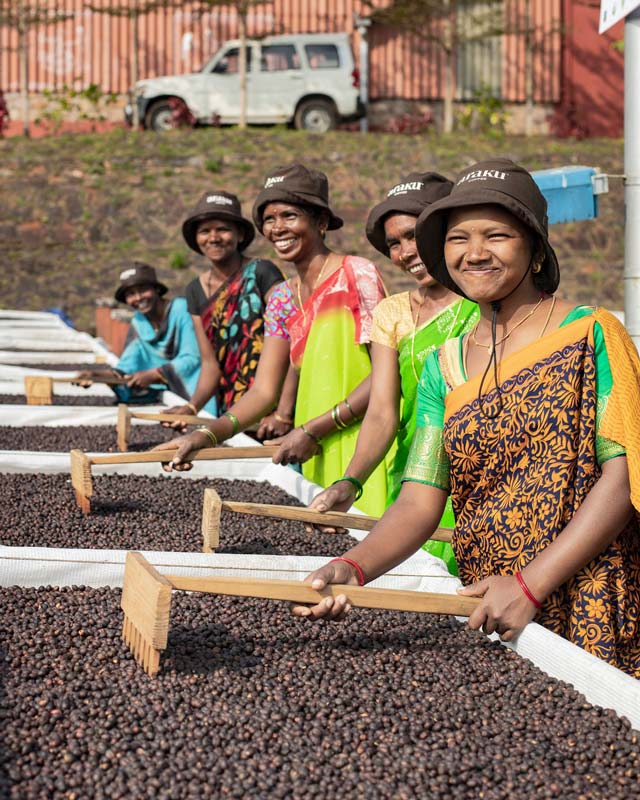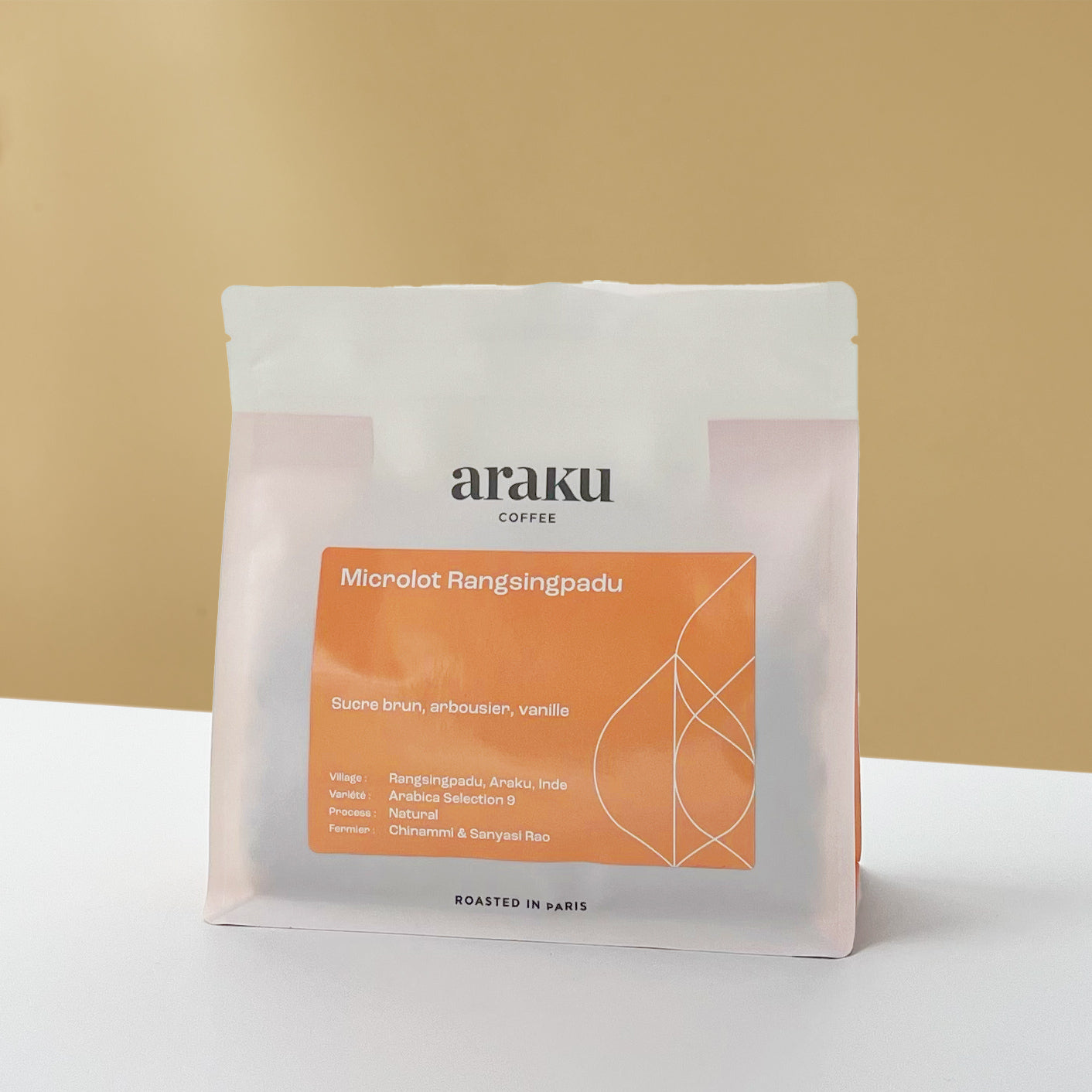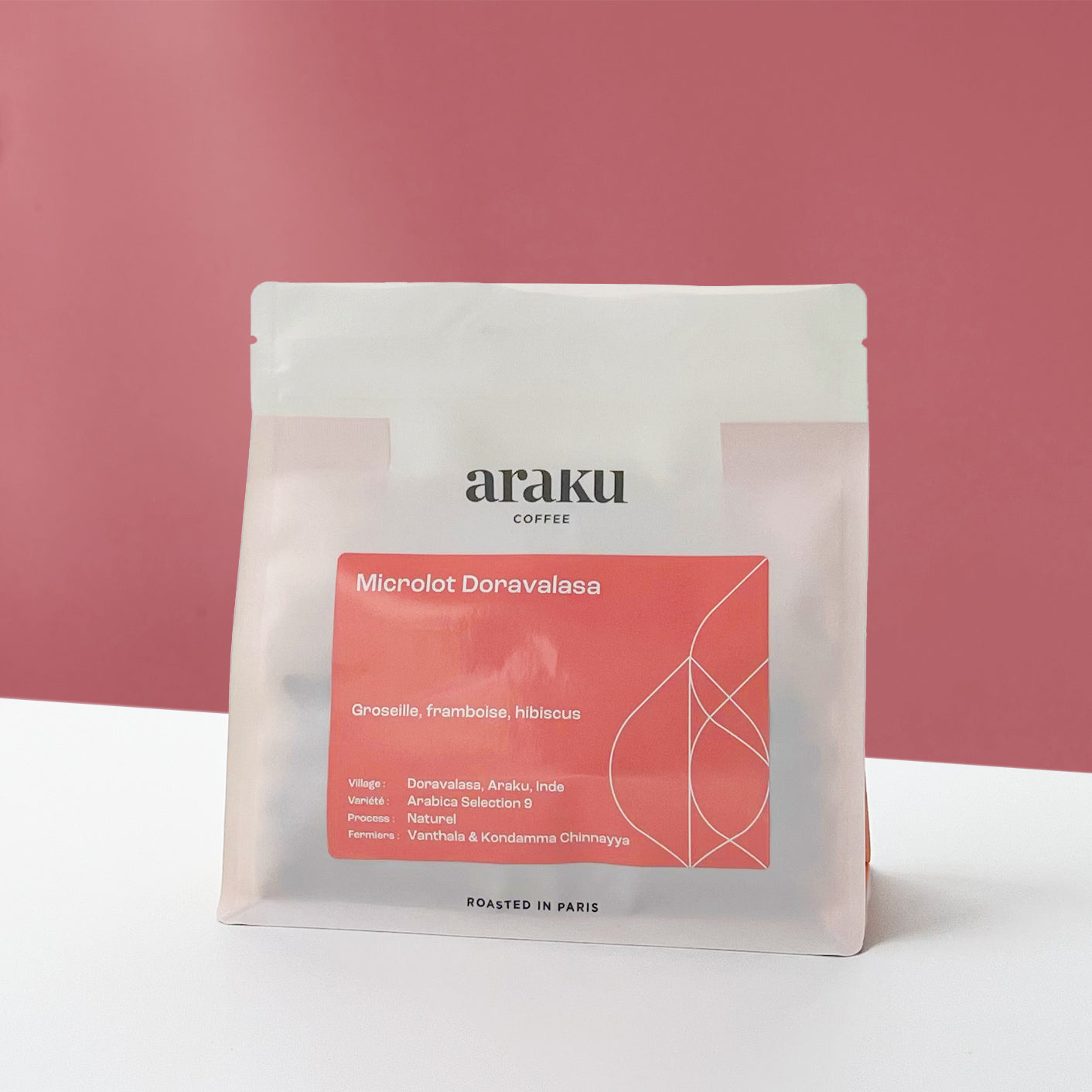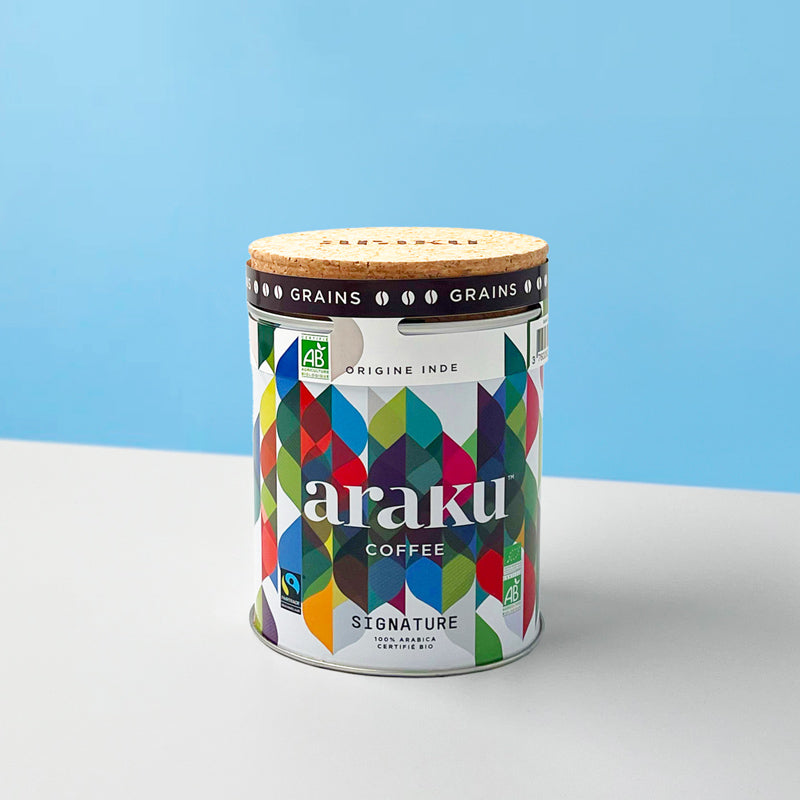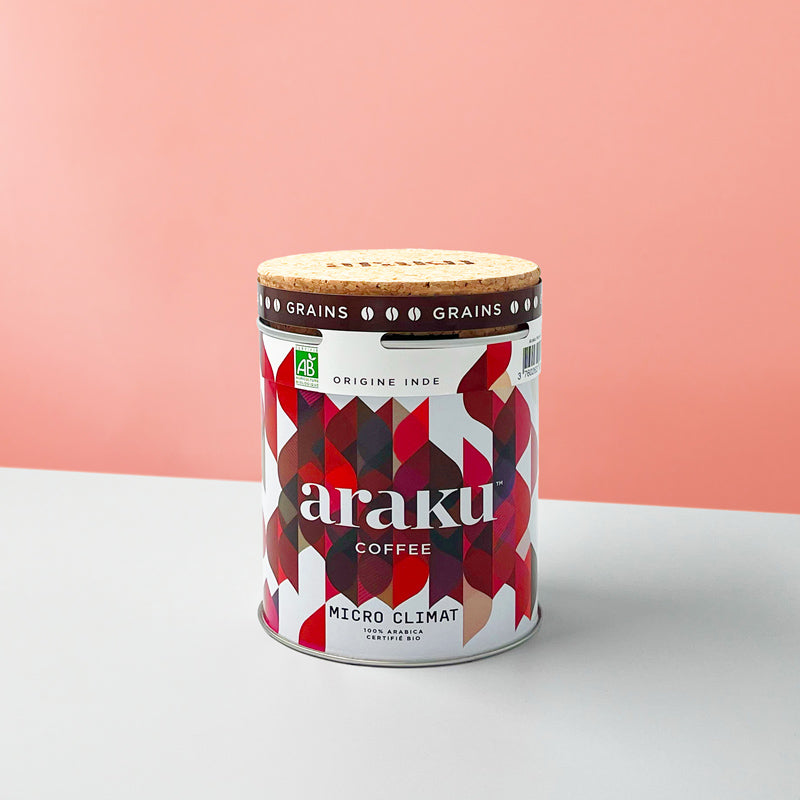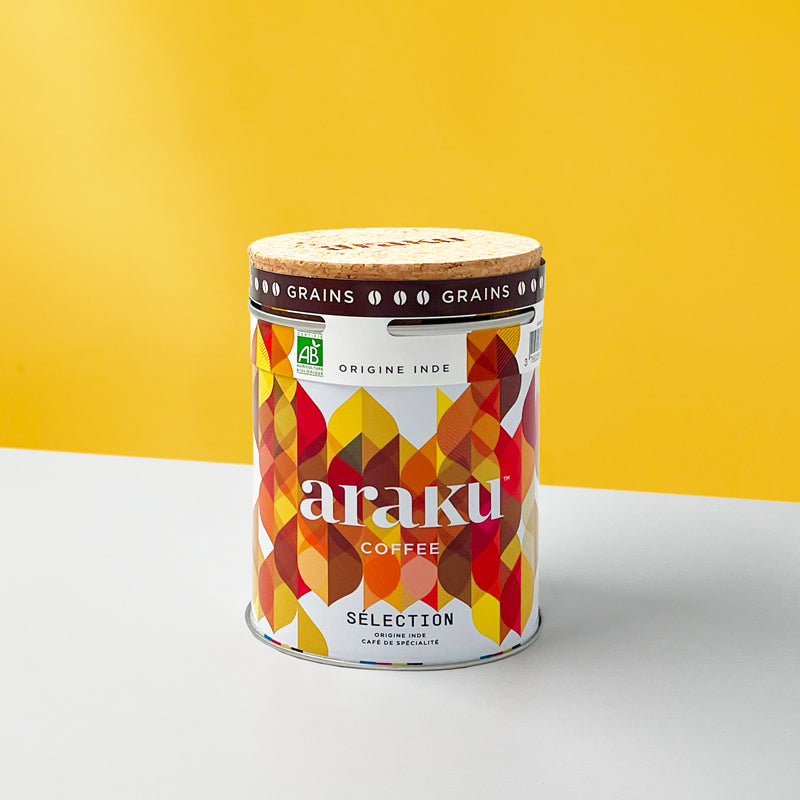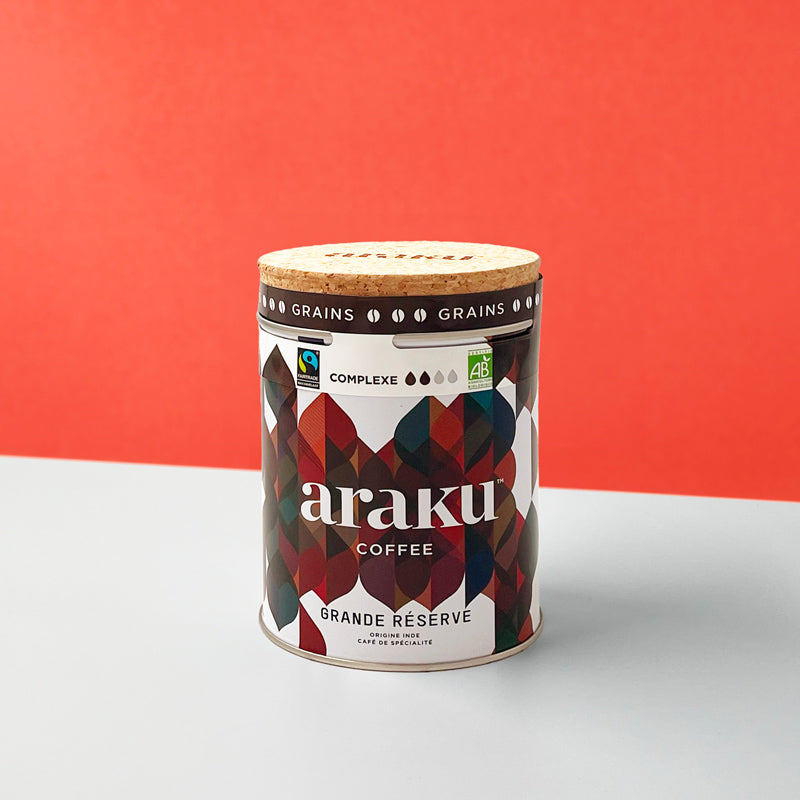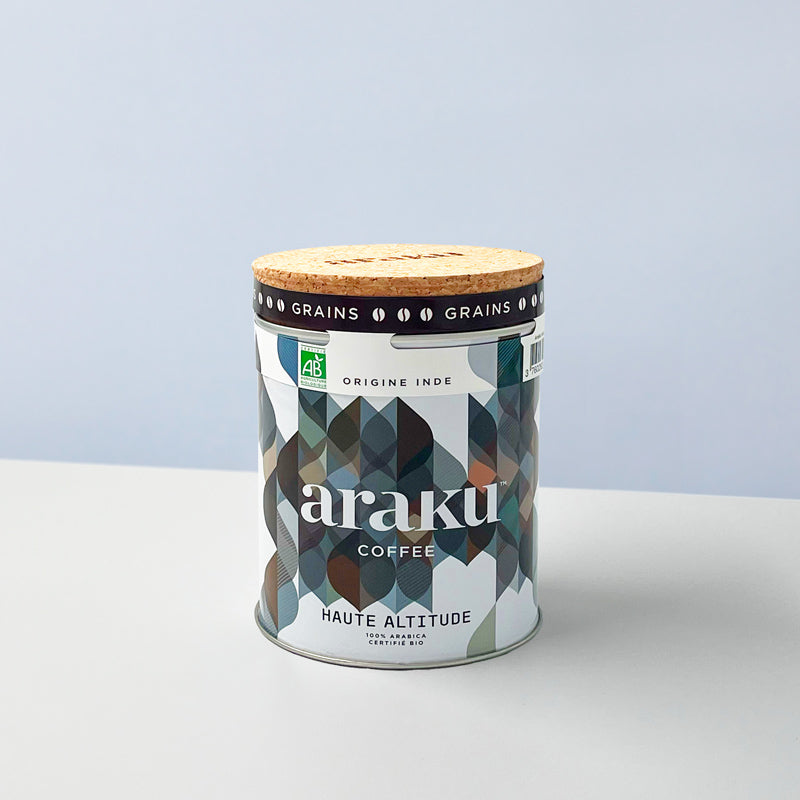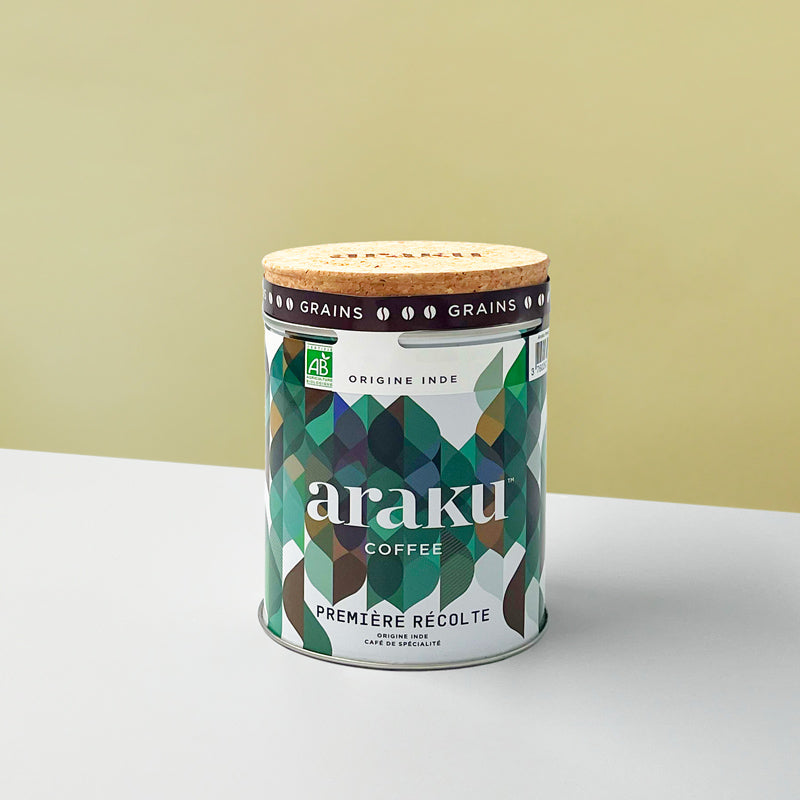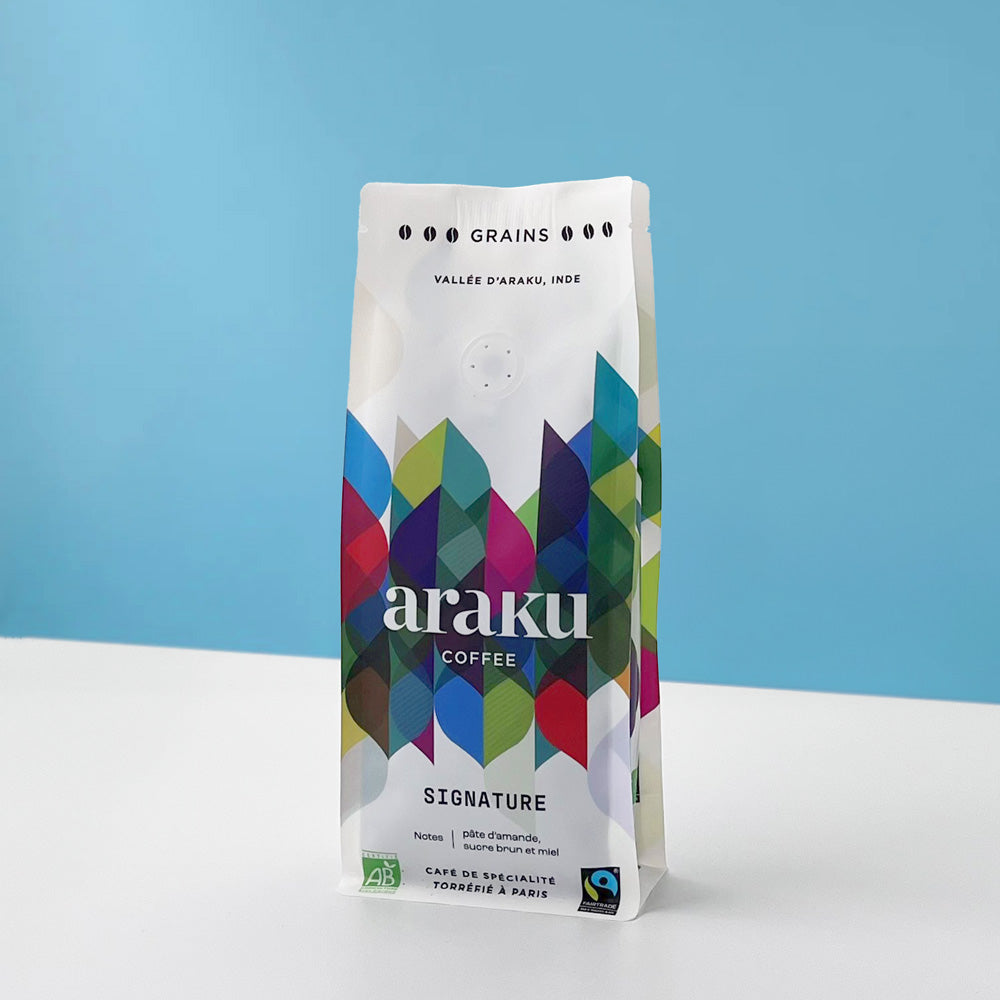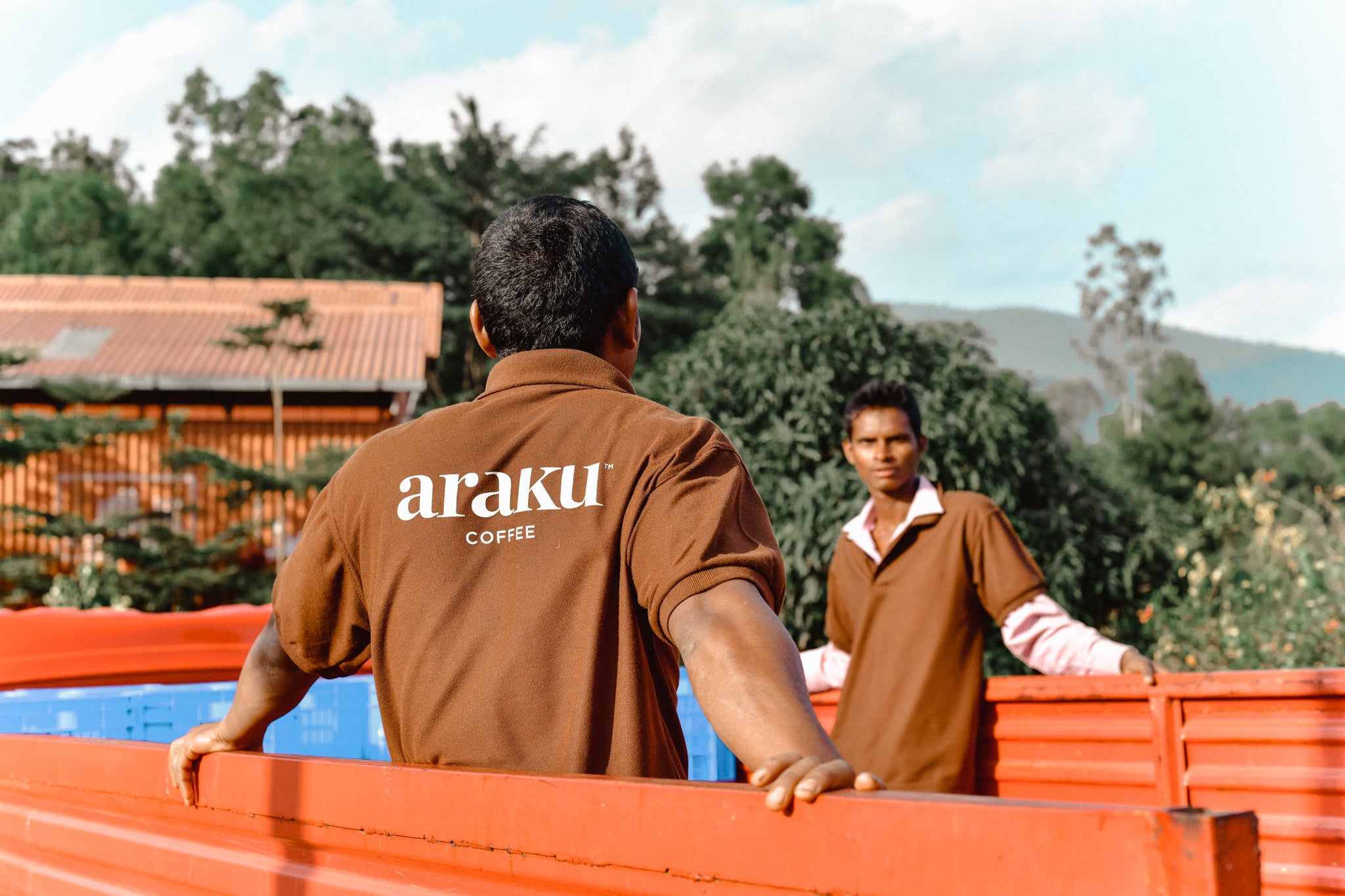THE DRY METHOD, AN EFFECTIVE AND PROVEN TECHNIQUE
When the coffee cherries are harvested, it is necessary to clean them. Once the impurities are removed, the grains are immersed in a flotation tank to distinguish the different degrees of maturity. Regardless of the method chosen, coffee processing aims to obtain a homogeneous harvest that has a balanced humidity level. Hence the importance of this first sorting. Then the green coffee beans are left to dry in the sun. For two to three weeks, they are turned over to prevent the appearance of mold. Without regular handling, they risk crushing on themselves and hardening, so that they can no longer be worked. Due to its simplicity and inexpensive means, the dry method is commonly used. It is particularly preferred by small structures to obtain quality natural coffee.
THE WET METHOD, A COFFEE TREATMENT TO OBTAIN GREAT CRUITS
Also called washed coffee, the wet coffee processing method follows a similar principle, but benefits from more extensive resources. After an initial cleaning, the coffee cherries are pulped using a machine. Then we immerse them or place them in tanks so that they ferment. To obtain a certain aromatic quality, you need 12 to 36 hours of rest. At the end of the process, they are cleaned again to remove impurities from fermentation. Finally, the grains are spread out on flat surfaces where they dry in the sun for seven to fifteen days. To prepare the coffee bean before roasting, all that remains is to hull it and free it from its parchment. We also distinguish the semi-humid method which is a compromise between the two previous coffee treatments. It produces a bean with sweeter flavors, whose sticky texture and color have given it its name of honey coffee. If the wet technique requires more resources for a higher quality result, the dry method can also stand out with a longer drying time to develop the aromas. You can find these taste and organoleptic properties in the different varieties of Araku coffees.


